The Evolution of Minimalist Design: Less is More in 2025
By Trupti on 03 Mar 2025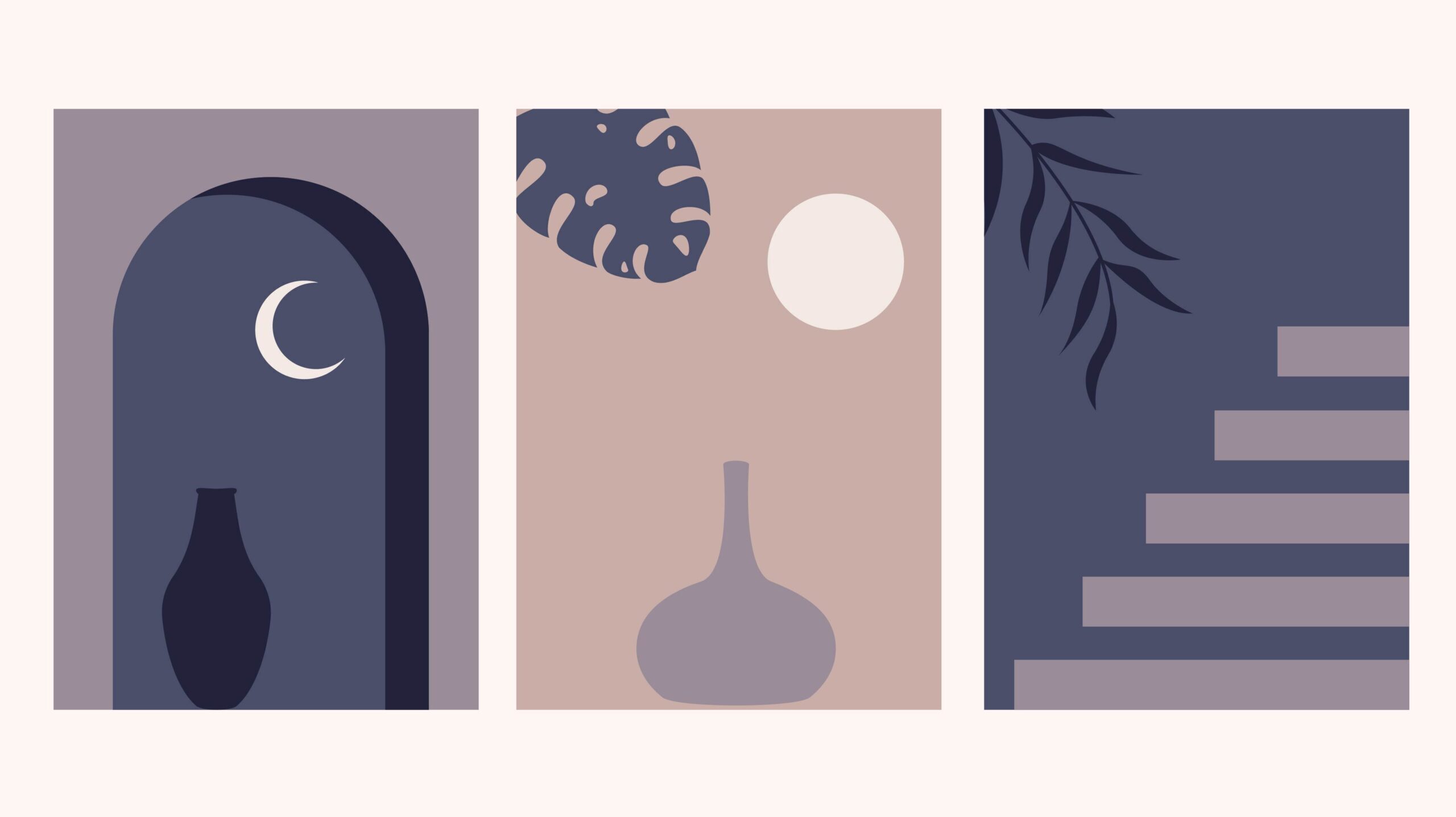
Introduction: The Rise of Minimalism
Minimalist design has evolved significantly over the past few decades, influencing everything from architecture and interior decor to web design and branding. In 2025, the “Less is More” philosophy remains stronger than ever, adapting to new trends and technological advancements. This article explores the evolution of minimalist design, its impact on various industries, and the emerging trends shaping the future of simplicity.
The Origins of Minimalism in Design
Minimalism as a design movement traces its roots to the early 20th century, gaining popularity through:
- The Bauhaus Movement (1919-1933): Focused on function, simplicity, and geometric forms.
- Modernism (1940s-1960s): Stripped-down aesthetics in architecture and product design.
- Digital Minimalism (2000s-Present): Simplified user interfaces (UIs) and branding strategies prioritizing user experience (UX).
Over time, minimalism has moved beyond an aesthetic choice to a lifestyle embraced by creators and consumers alike.
Minimalist Design in Different Industries
1. Graphic & Web Design
Minimalism in web design prioritizes:
- Clean typography – Sans-serif fonts like Helvetica and Montserrat dominate.
- Whitespace utilization – Enhances readability and content focus.
- Dark mode & muted color palettes – Aesthetic, eye-friendly, and modern.
- Flat & neumorphic design – Blending minimalism with soft shadows and subtle depth.
2. Interior & Architectural Design
Minimalist architecture has become synonymous with:
- Sustainable materials – Reclaimed wood, glass, and concrete.
- Smart home integration – Seamless technology without visual clutter.
- Neutral color schemes – Shades of white, gray, and beige dominate interiors.
3. Fashion & Product Design
Fashion brands are embracing:
- Timeless, capsule wardrobes – Fewer, high-quality pieces over seasonal trends.
- Sustainable, ethical production – Focus on eco-friendly fabrics and slow fashion.
- Minimalist branding – Simple logos and monochrome packaging.
4. Digital UI/UX & Branding
- No unnecessary elements – Focus on intuitive design.
- Microinteractions & animations – Subtle feedback that enhances UX.
- AI-powered personalization – Minimalism meets advanced customization.
Why Minimalism Still Reigns in 2025
1. Enhanced User Experience (UX)
A clutter-free design improves:
- Readability – Users engage better with clean, structured content.
- Navigation – Simplified menus and clear CTAs (Call-to-Actions).
- Performance – Faster loading times due to lightweight visuals.
2. Sustainability & Conscious Consumption
With environmental concerns rising, minimalism:
- Reduces waste – Fewer, but more meaningful, product purchases.
- Encourages digital decluttering – People opt for mindful online experiences.
- Promotes longevity – Quality over quantity in product design.
3. Technological Advancements
- AI-driven design platforms – Creating sleek, minimalist templates.
- Augmented Reality (AR) in design – Previewing minimalist spaces/products virtually.
- Voice UI & gesture-based interactions – Reducing screen clutter.
Emerging Minimalist Design Trends in 2025
1. Neumorphism 2.0
- A balance between skeuomorphism and flat design, adding soft realism.
- Subtle gradients and shadows create a tactile feel.
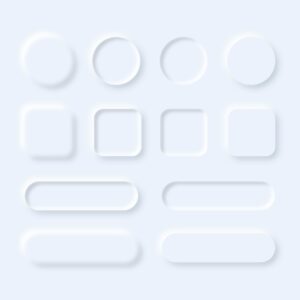
2. Glassmorphism
- Inspired by frosted glass aesthetics.
- Popular in UI/UX for futuristic, translucent interfaces.
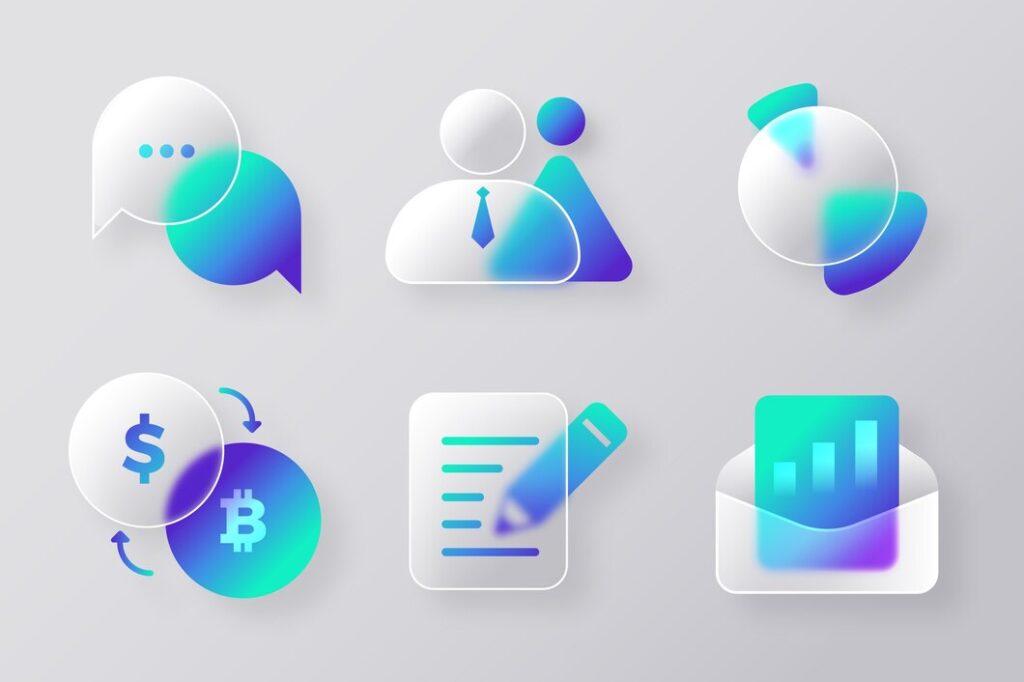
3. Minimalist Motion Design
- Microanimations – Enhancing interaction without visual overload.
- Subtle transitions – Smoother user experience.
Created by: @FrancisJMotionDesigner
4. Muted & Earthy Color Palettes
- Shift from stark monochrome to warm, natural tones, providing psychological comfort.
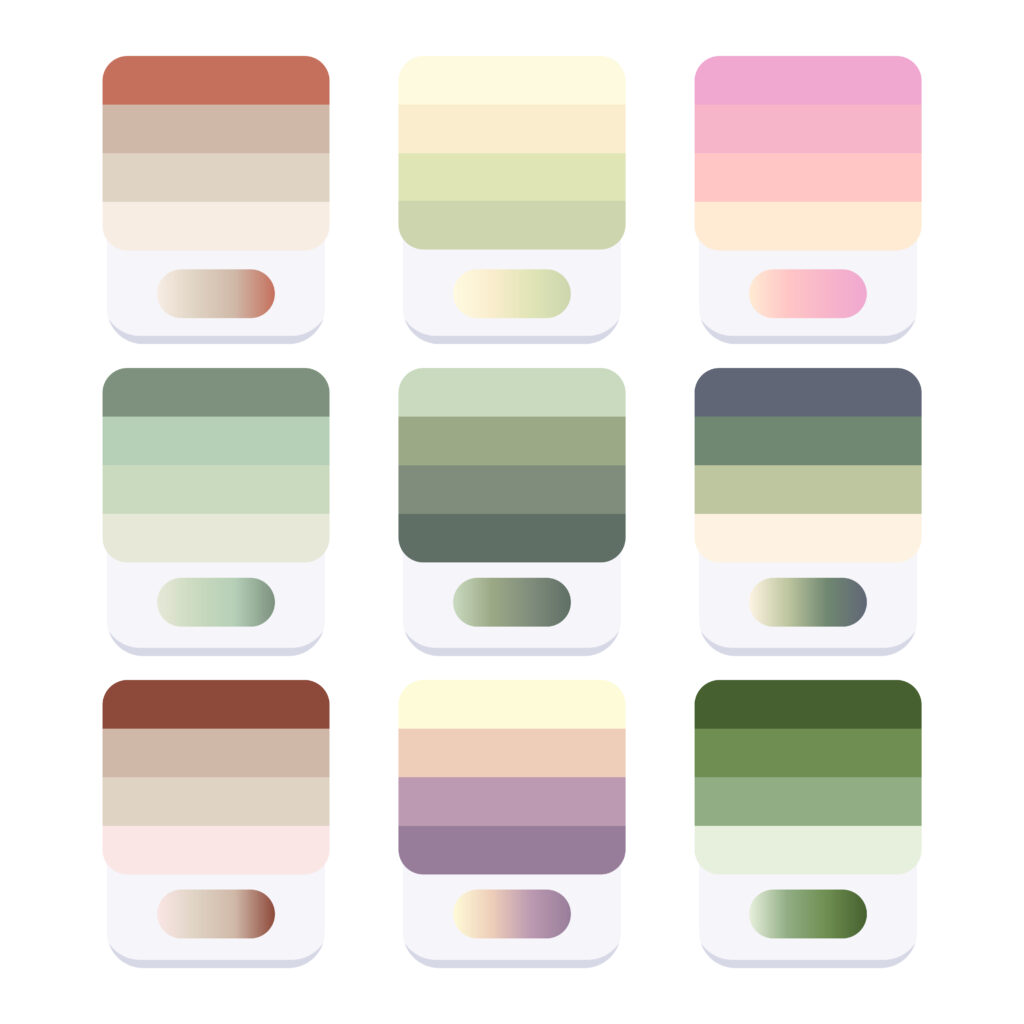
5. Typography-Driven Design
- Larger, bolder, yet simple fonts making statements.
- Serif fonts making a comeback in minimal branding.
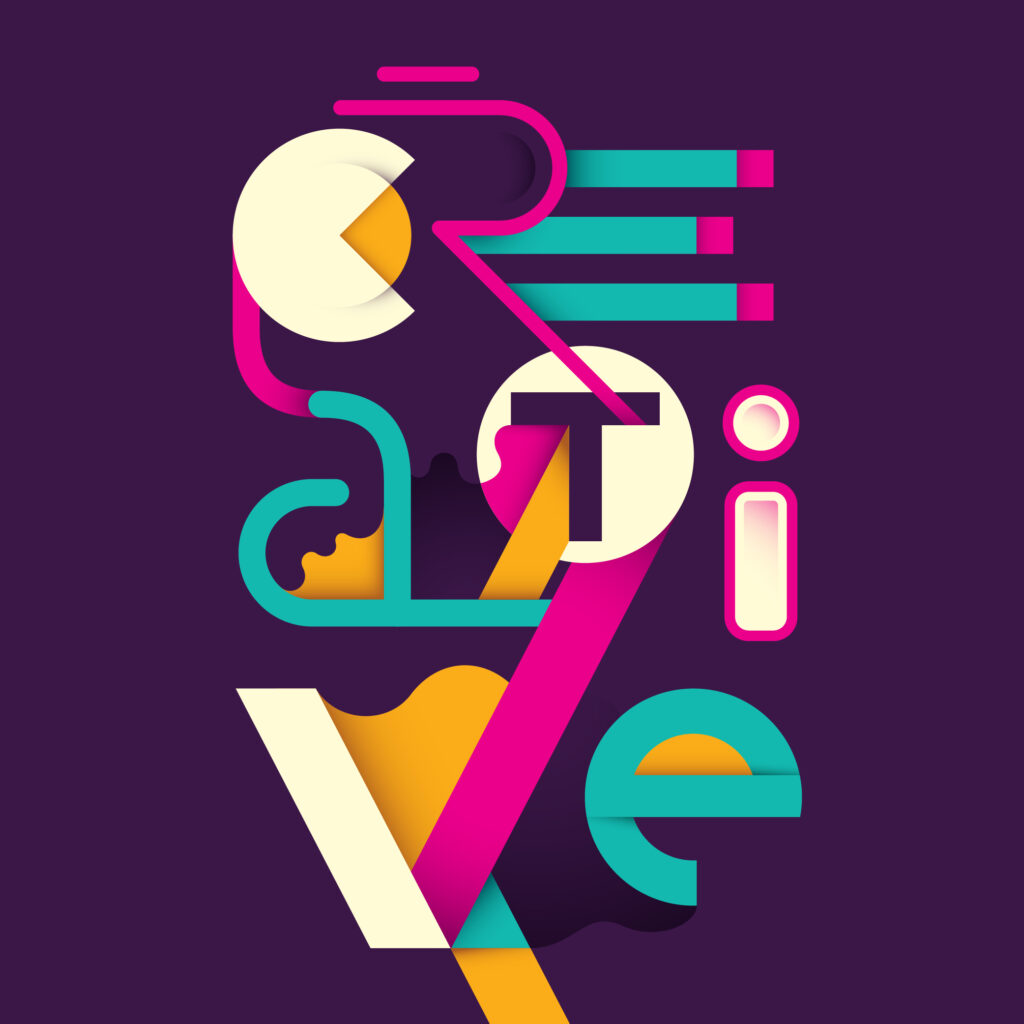
6. AI-Generated Minimalism
- AI-powered tools customizing minimalist experiences based on user behavior.
- Hyper-personalized, yet decluttered, digital interactions.

Conclusion
The “Less is More” philosophy remains a driving force in 2025, shaping how we interact with products, spaces, and digital experiences. As technology, sustainability, and consumer preferences evolve, minimalism will continue adapting, offering timeless appeal and functionality. Whether in web design, fashion, architecture, or branding, simplicity remains the ultimate sophistication.
Join Our Mail List
To get latest updates on courses and news regarding education.